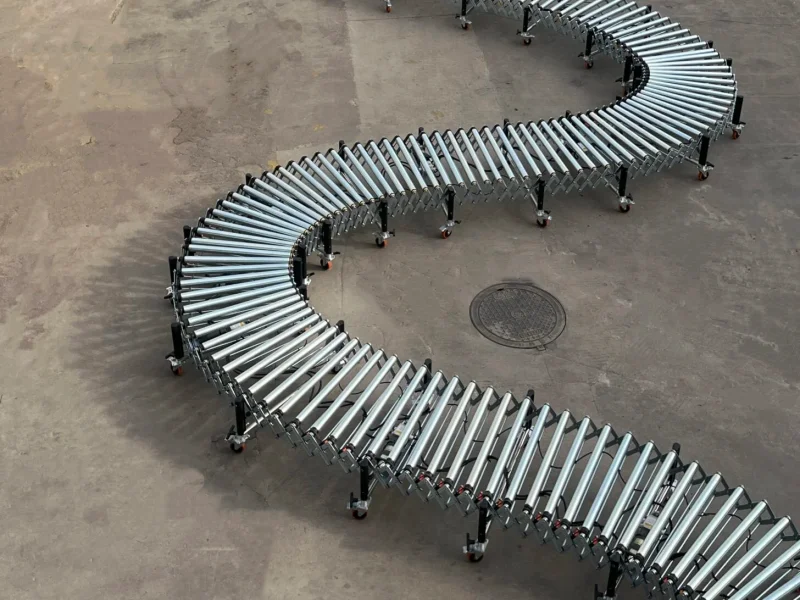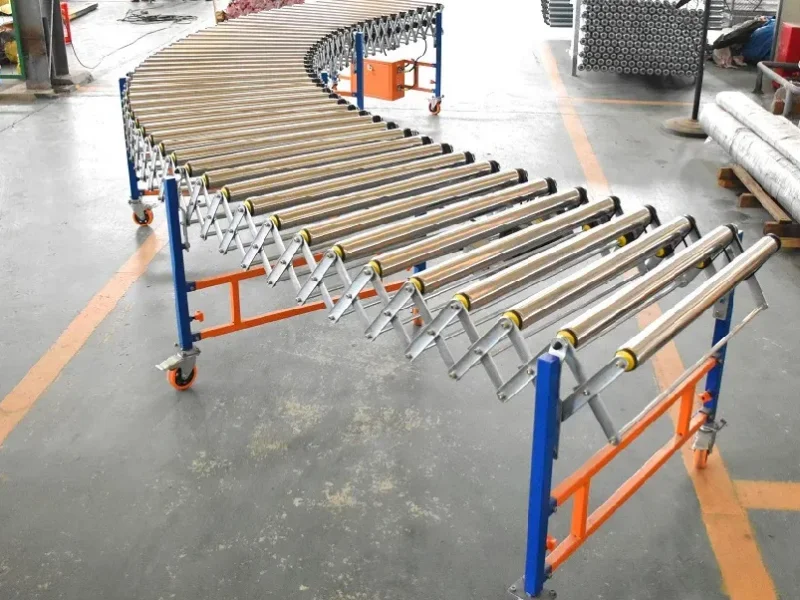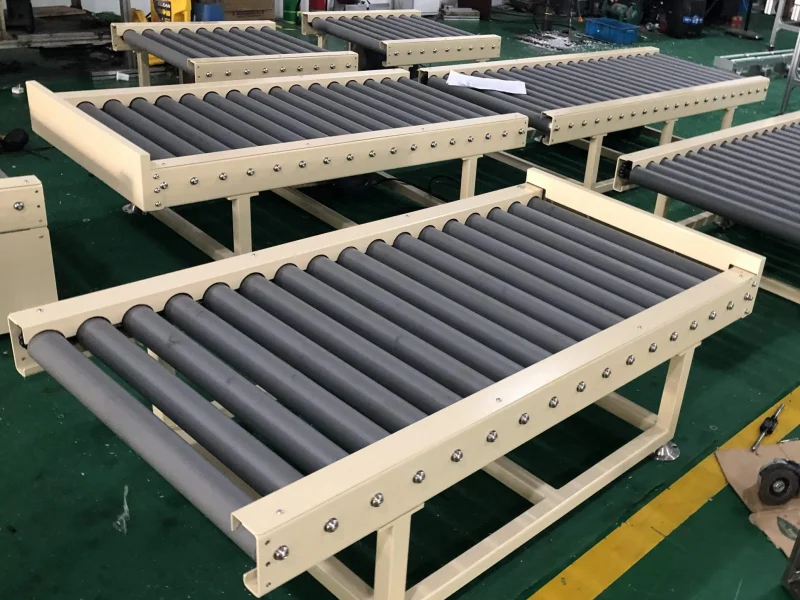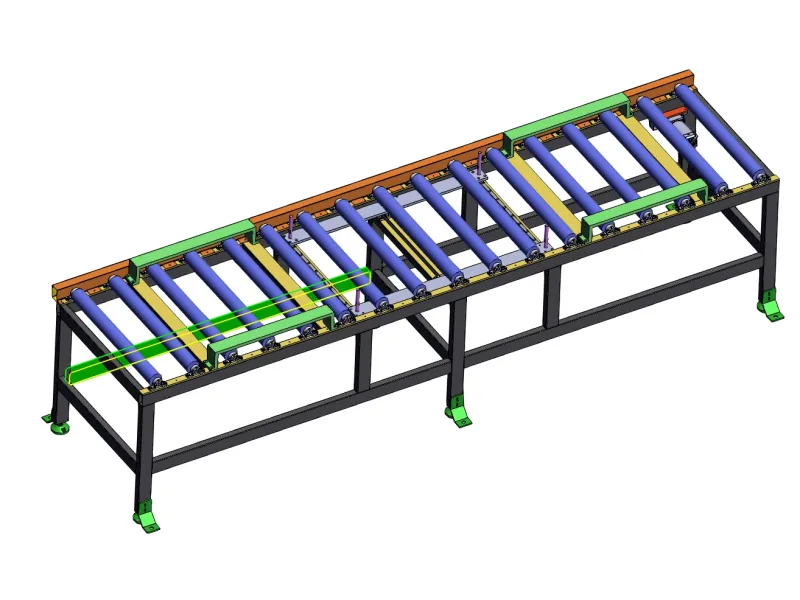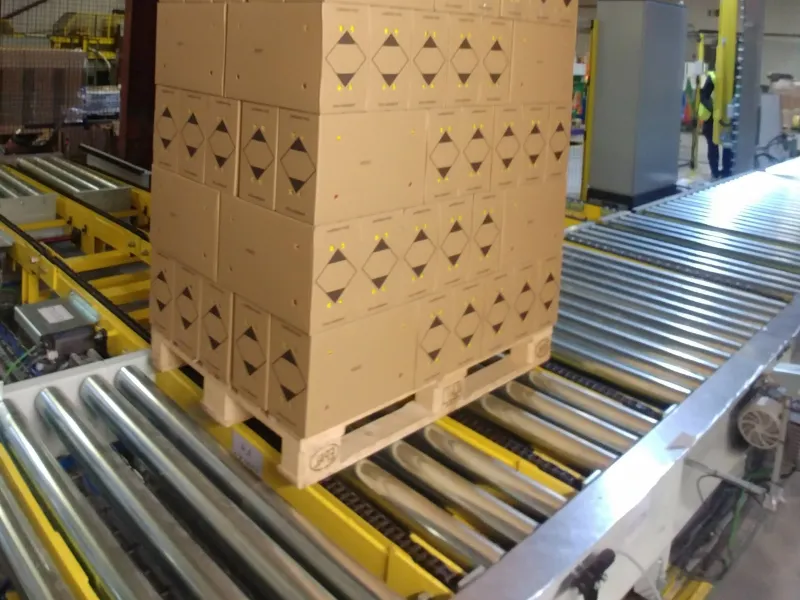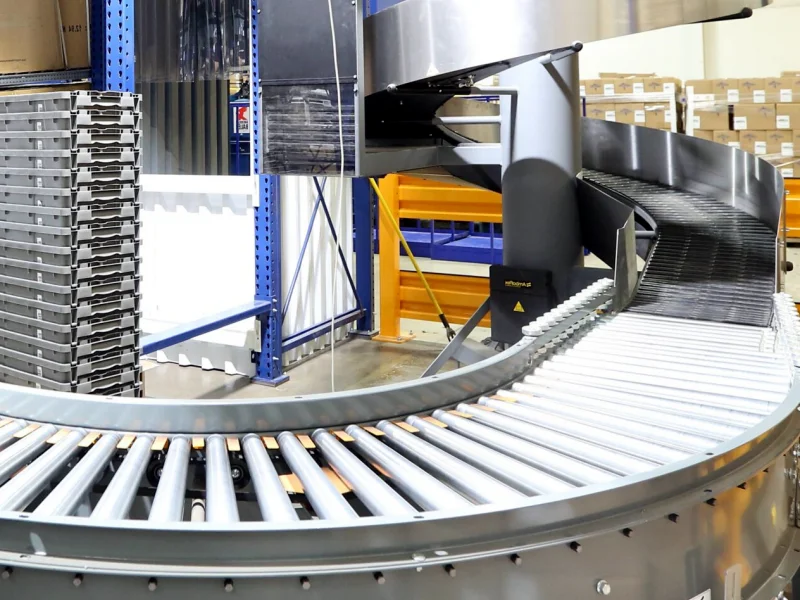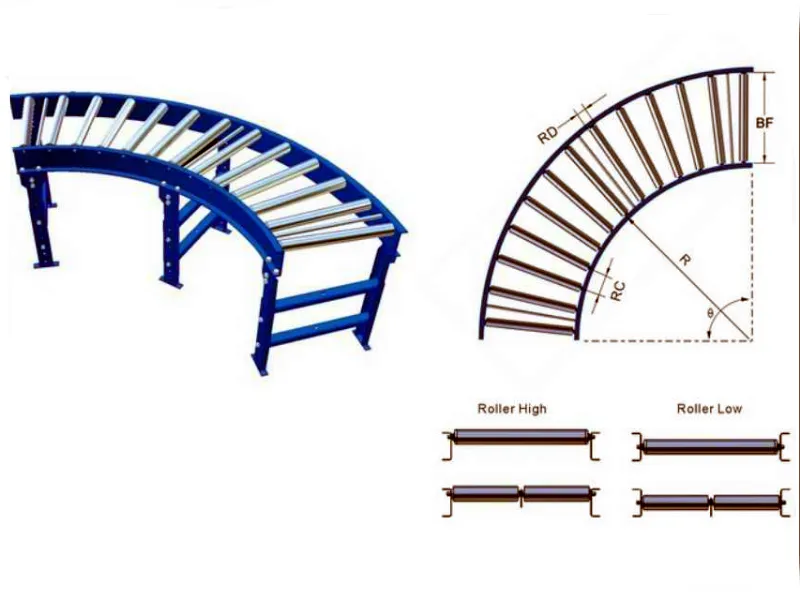The Common Load Capacity for Flexible Roller Conveyor
The common load capacity of a flexible roller conveyor depends on its roller material, roller diameter, and roller pitch (spacing).
Application of Flexible Roller Conveyors
The Flexible roller conveyor, a highly flexible and efficient material handling equipment, derives its core value from the ability to dynamically change its length to adapt to varying operational distance requirements.
Roller Conveyor Safety Standard and Regulations
Roller conveyor standards are typically defined by international and national safety organizations such as ISO, ANSI, OSHA, and EN regulations.
Industrial Roller Conveyor Price
The price of a roller conveyor varies widely based on type (gravity, powered, accumulation, pallet, etc.), size, material, drive mechanism, and customization.
Powered Roller Conveyor Design
Designing a powered roller conveyor involves creating a system that uses motor-driven rollers to transport items with precise control, suitable for automated, high-volume, or heavy-duty applications.
Gravity Roller Conveyor Design
Designing a gravity roller conveyor involves creating a simple, efficient system that uses gravity to move items along a series of rollers, typically on a slight incline, without the need for external power.
How to Choose a Pallet Roller Conveyor?
Choosing a pallet roller conveyor involves assessing your operational requirements, pallet characteristics, facility layout, and budget to ensure efficient, durable, and safe handling of palletized loads.
How to Choose a Accumulation Roller Conveyor?
Choosing an accumulation roller conveyor requires careful evaluation of your operational needs, material characteristics, facility layout, and budget.
Curved Roller Conveyor Design
Designing a curved roller conveyor requires careful planning to ensure efficient material flow, proper load handling, and seamless integration into your facility.


